Autumn in Centennial Valley
Autumn is here, and the shorter, cooler days are bringing spectacular changes to Centennial Valley. Aspens are donning golden leaves. Bears are stocking up for hibernation. Migratory birds are preparing for their journeys south. Elk can be heard bugling as large herbivores enter into the rut.
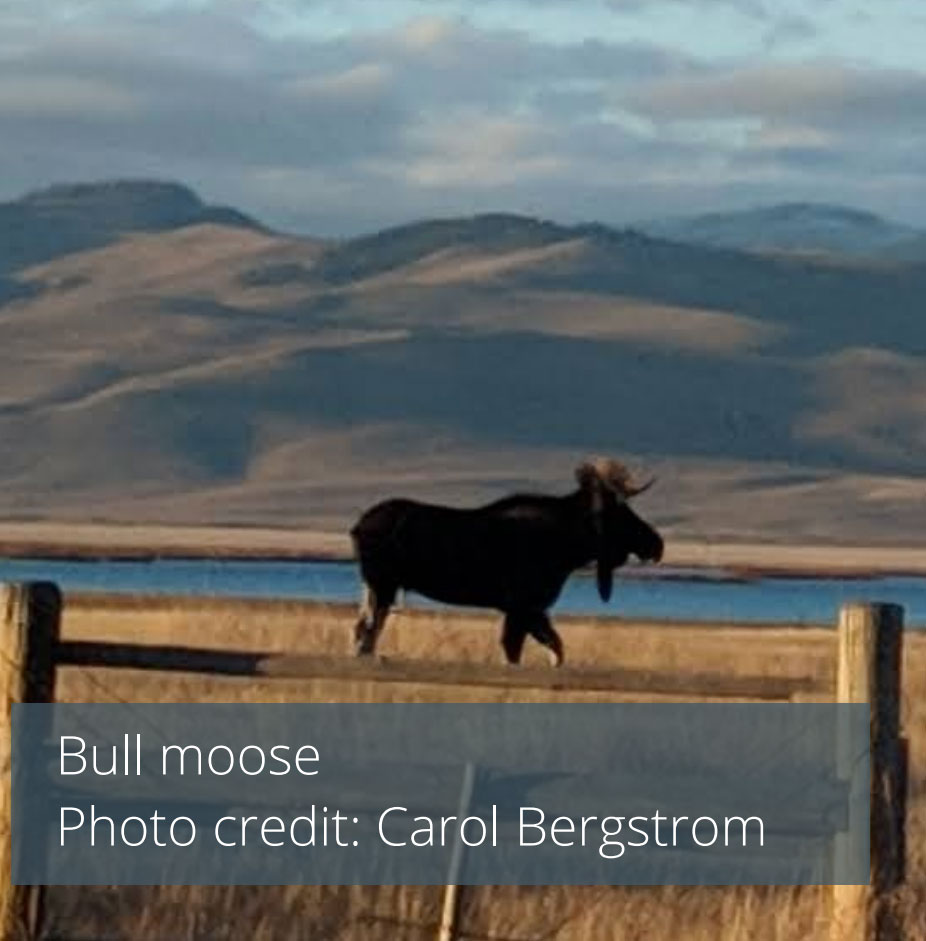 The ethereal elk bugle is an iconic sound of autumn in the Rocky Mountains. The high-pitched
whistle of a bugle, unusual to hear from such a large animal, is produced by air being
pushed through the elk's nostrils. Male elk use this call to attract females and challenge
other males. As they enter into the rut, or mating season, male elk, moose, and other
deer prepare for clashes with other males. They sharpen their antlers, which they
have spent all summer growing. They also exhibit more aggressive behavior, an important
note to keep in mind, particularly when wandering through moose habitat.
The ethereal elk bugle is an iconic sound of autumn in the Rocky Mountains. The high-pitched
whistle of a bugle, unusual to hear from such a large animal, is produced by air being
pushed through the elk's nostrils. Male elk use this call to attract females and challenge
other males. As they enter into the rut, or mating season, male elk, moose, and other
deer prepare for clashes with other males. They sharpen their antlers, which they
have spent all summer growing. They also exhibit more aggressive behavior, an important
note to keep in mind, particularly when wandering through moose habitat.
Changes in daylight, weather, and food availability are signaling bird migrations.
Centennial Valley hosts over 200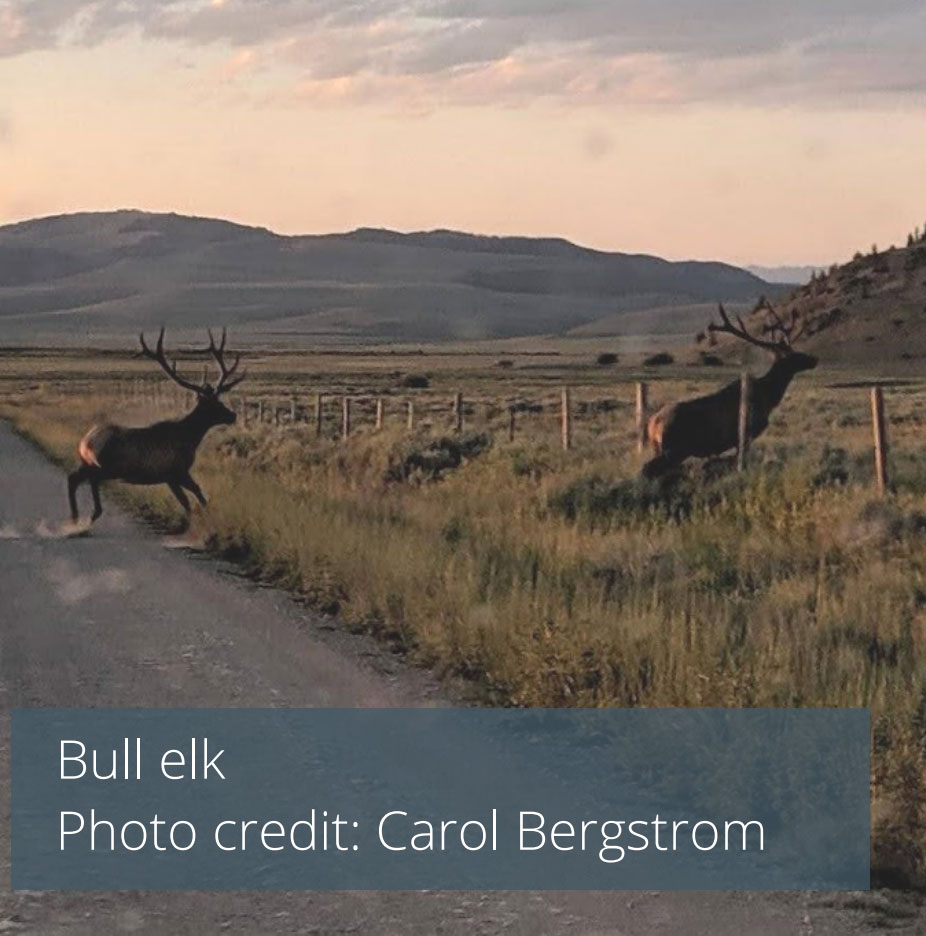 bird species throughout the year, though only a small portion of these, including
trumpeter swans, are year-round residents. Many migratory birds make this valley their
summer home, while others stop by en route their ultimate destinations.
bird species throughout the year, though only a small portion of these, including
trumpeter swans, are year-round residents. Many migratory birds make this valley their
summer home, while others stop by en route their ultimate destinations.
Some songbirds, like yellow-rumped warblers and mountain bluebirds, are now flocking
as they prepare to migrate. Others prefer to travel more discretely. Western tanagers,
who often fly solo or in smaller groups, travel primarily at night. Sandhill cranes
will soon be traveling to New Mexico in family units. They can be heard calling to
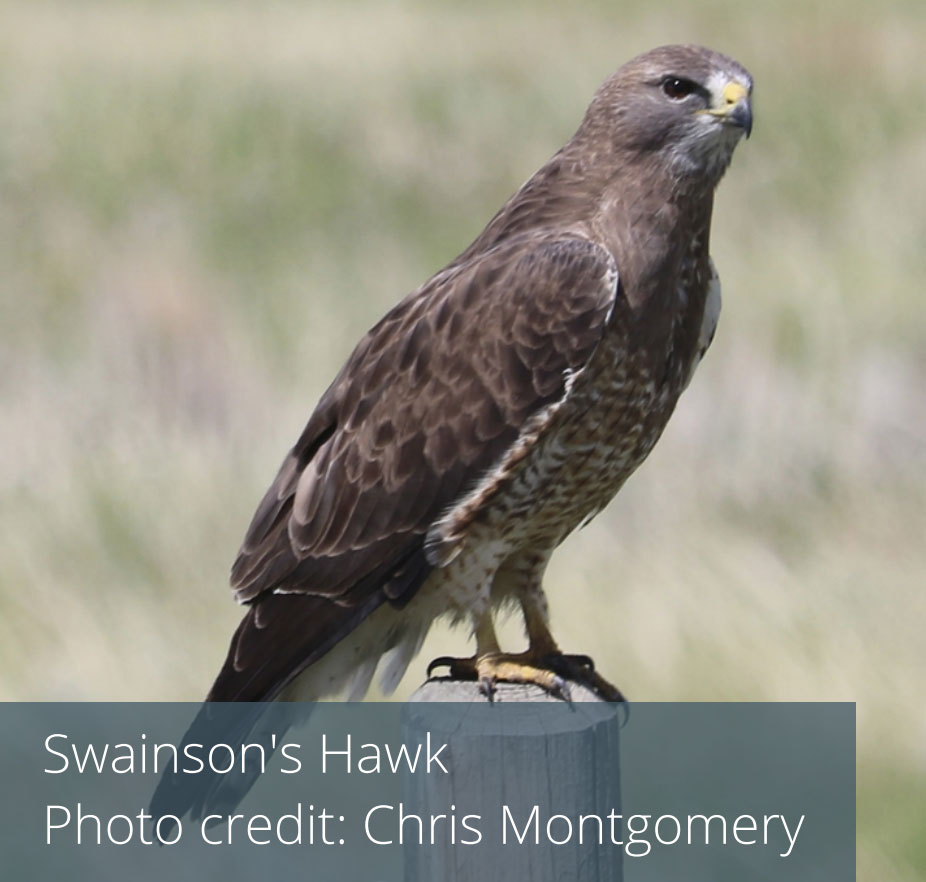 each other before they begin their journey. Hawks and falcons will be leaving soon
as well, some traveling in groups called "kettles". Swainson’s hawks form exceptionally
large kettles with thousands of individuals as they make their way on what is one
of the longest migrations of any North American raptor. Most will travel nearly 14,000
miles round trip to spend the winter in Argentina.
each other before they begin their journey. Hawks and falcons will be leaving soon
as well, some traveling in groups called "kettles". Swainson’s hawks form exceptionally
large kettles with thousands of individuals as they make their way on what is one
of the longest migrations of any North American raptor. Most will travel nearly 14,000
miles round trip to spend the winter in Argentina.
We are also leaving Centennial Valley for the winter. We have closed the Taft-Nicholson Center for the season a bit earlier this year. It is hard to say goodbye during such an incredible time of year, but much like the birds, we will be back in the spring. We are already looking forward to our 2021 season.
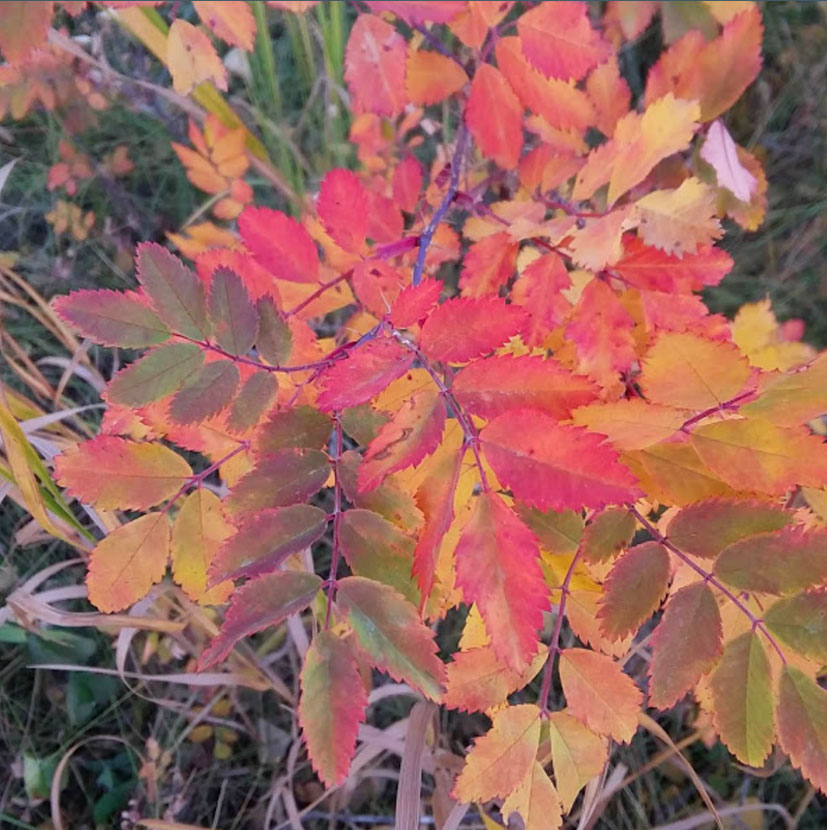 Changing Colors
Changing Colors
Small changes on a molecular level are causing breathtaking shifts from a green to golden landscape. Chlorophyll gives leaves their green color and is responsible for the majority of photosynthesis. In the height of the growing season, chlorophyll is constantly being produced. With shorter, cooler days lending to less photosynthesis, chlorophyll production slows down. Eventually it disappears, giving other pigments their chance to shine. Carotenoids are always present in leaves, but are hidden by chlorophyll during the spring and summer. There are two main types of carotenoids that are responsible for fall colors. Xanthophylls give leaves a yellow hue, while carotenes make leaves orange. Anthocyanins, another class of pigments that are only found in some plants, turn leaves red. Unlike the carotenoids, anthocyanins are only produced in autumn under specific weather conditions.
Check out more pictures and videos from Odell Creek, and our other trail talks, on our Instagram page @uofutaftnicholsoncenter. Happy trails!

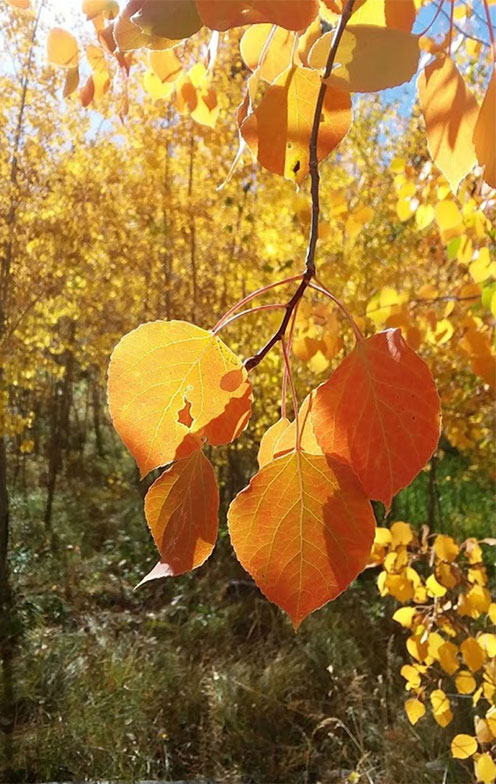
Season Projects
With our doors closed to visitors this summer, we were hard at work making sure everything is in the best shape for next season. Here are just a few of the projects we've accomplished:
- Added new railings to the deck in front of the office and Shambow
- Repaired the roof above the classroom porch
- Replaced old deck boards in front of Shambow
- Painted decks of rustic cabins and Dry Lab
- Repaired ceiling and repainted dorm front room
- Managed noxious weeds on campus and volunteered with CVA spray days
- Planted native seeds, improved landscaping and cleared out overgrown areas near buildings
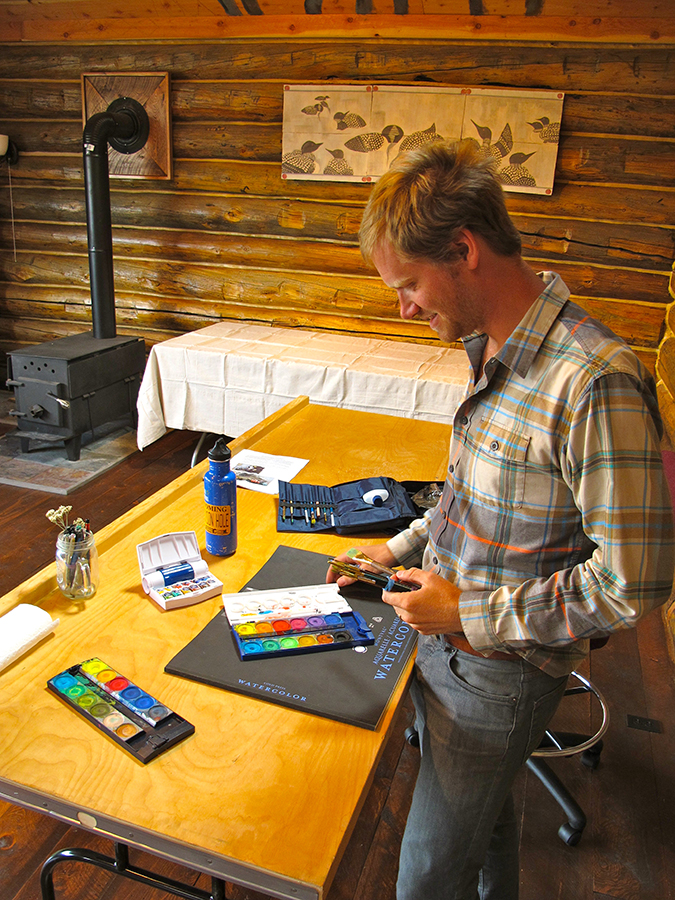
Apply for our Artist-In-Residence Program
We are now accepting applications for our 2021 Season, which will begin June 15th and end October 1st. Residencies last between 2-6 weeks. We encourage artists from all fields to apply. For more information, visit our website.
